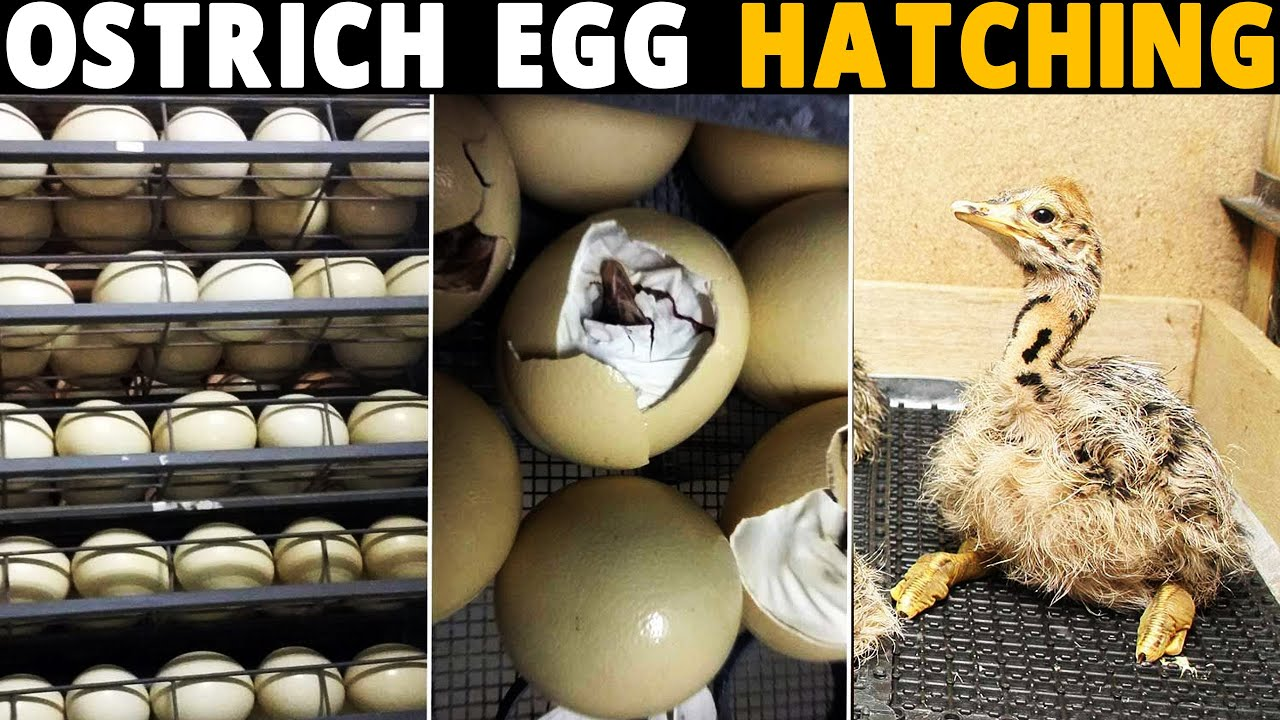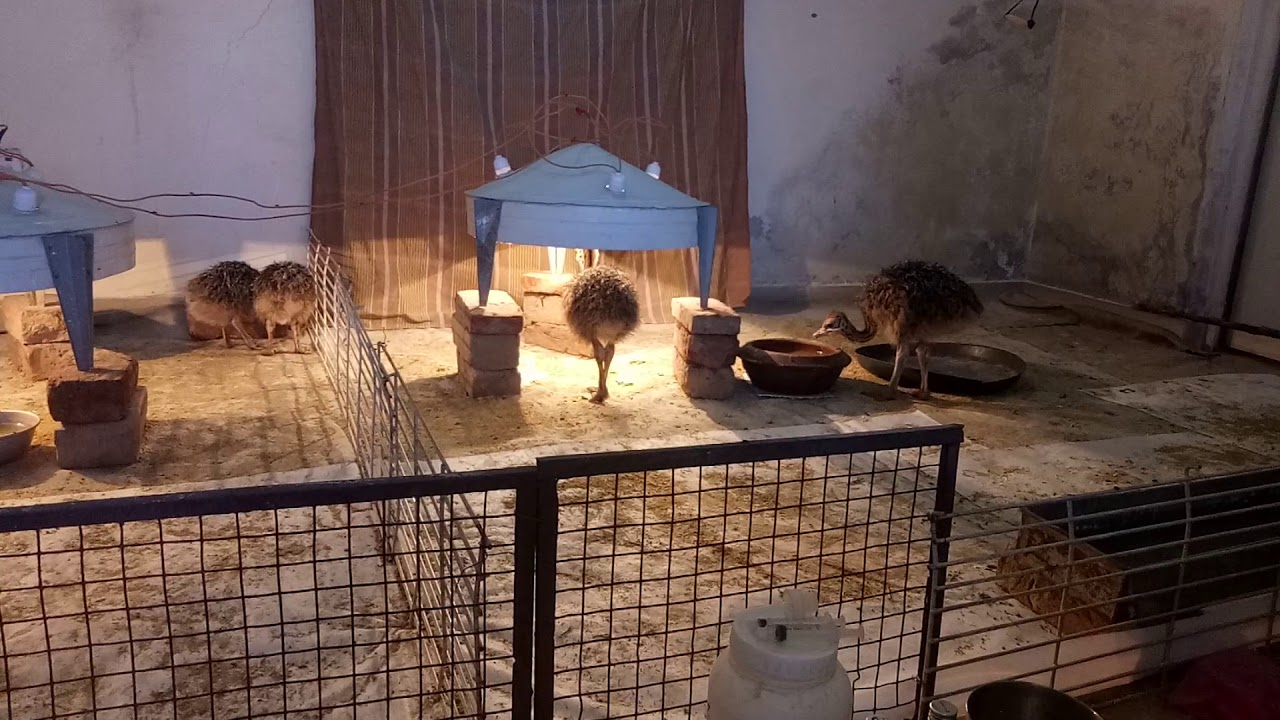Poultry Advisory Services (PAS) Advisory Services
Ostrich Farming

THE COMMON OSTRICH (STRUTHIO CAMELUS) or simply ostrich, is a species of large flightless bird native to certain large areas of Africa. It is one of two extant species of ostriches, the only living members of the genus Struthio in the ratite order of birds.
EGG PRODUCTION

- Egg production usually begins when the female is sexually mature (at about two years of age) and if she is mating with a male.
- Eggs are generally produced about five to ten days after the first mating. During the mating season the plumage of the male gets much brighter. Also, males display more color in the legs than do the females.
- After mating, the male usually scratches out a crude nest in the dirt and the female will lay the eggs in the nest.
- The number of eggs varies widely with 15 to 20 being considered normal. Eggs usually weigh about 2 1/2 to 3 pounds (1,135 to 1,362 grams) each.
EGGS INCUBATION AND NEWLY HATCHED CHICKS CARE

- The incubator should be cleaned and properly disinfected prior to use.
- The temperature for incubation of ostrich eggs is 97.6 degrees Fahrenheit.
- Relative humidity in the range of 25% is about correct for proper hatching of chicks.
- During incubation eggs should be positioned with the large end up, and if possible, at a 45 degree angle.
- The eggs should be turned at least twice daily (8 to 10 times per days is better) until the thirty-ninth day when the eggs are transferred to the hatcher.
- The eggs can be candled to determine fertility after two weeks. Once identified, infertile eggs should be removed from the incubator.
 At the time the egg hatches the chick will first pip into the air cell, then pip through the outer shell. After piping, the chick will slowly turn inside the egg, breaking the shell as it turns.
At the time the egg hatches the chick will first pip into the air cell, then pip through the outer shell. After piping, the chick will slowly turn inside the egg, breaking the shell as it turns.
BEFORE A CHICK LEAVES THE HATCHER, the navel should be checked to see that it is properly closed and then should be treated with a 7% iodine solution to guard against infection. A second treatment two or three days later may be necessary.
FEEDING
- Chicks should not be fed for 3- 5 days in order for them to lose some of the edema that may be present and to encourage the body to utilize the yolk sac that is drawn into the body just before hatching.
- When feed is offered to the chicks it should be a commercial ration formulated for the specific needs of the chicks, or a custom mixed ration that has also been specifically formulated for the chicks.
- Ostrich chicks seem to like fresh alfalfa also.
- When selecting a ration for ostrich chicks it is suggested that a low protein (less than 20%) and a high fiber (more than 15%) feed be used. A ration of this type is suggested as a possible chick diet at the end of this publication.
BROODING

- The brooding period is a critical time for chicks. It can be a time of high mortality if proper management is not used. The brooding area should always be clean, sanitary, and have protection from the weather. A source of heat should be provided for the chicks.
- Chicks are frequently kept in brooder boxes for the first few days after being removed from the hatcher. These boxes or the brooder area should have some type of floor covering that is not slippery.
- As soon as possible the chicks should be moved outside to larger pens where they can get more exercise. The length of time between hatching and moving the chicks outside will be partially determined by the weather, but chicks need to be in larger pens as soon as possible.
- They should be encouraged to run or walk to strengthen muscles. When chicks are placed outside their activities should be closely monitored to prevent them from eating too much of items that could cause digestive system impactions.
- At first the chicks may need to be outside for only short periods of time and then moved back inside. The length of time outside can be extended as birds get older and if weather permits. Confinement inside at night is a good idea until the birds are several weeks of age.
SUMMARY
In summary, there are at least three topics that should get extra attention in the hatching program: chick hatching, egg and chick sanitation, and chick management and nutrition. By giving careful attention to detail and by putting into practice the best known management techniques there should be a reward in terms of increased chick numbers and better livability.


